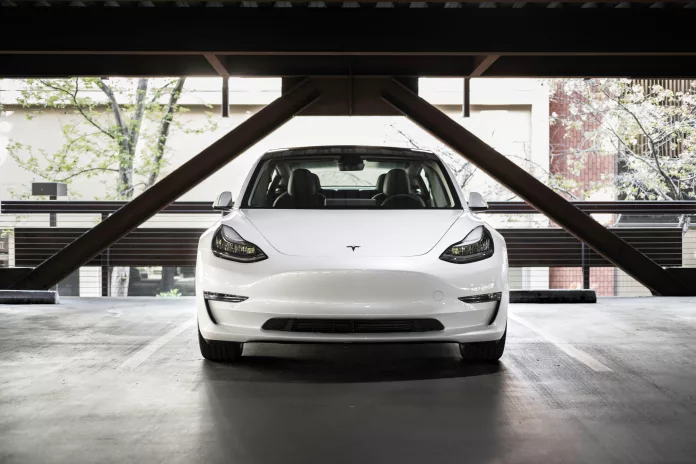Recent communications from Tesla have left the industry buzzing with speculation and curiosity. The spotlight is on Tesla’s vision for a more wallet-friendly electric vehicle (EV). Contrary to reports of such a project being shelved, Elon Musk’s recent remarks hint at a strategic pivot rather than a full stop.
Tesla’s Next Gen Platform: A Glimpse into the Future
The details, or the lack thereof, regarding Tesla’s affordable car initiative in the latest shareholder letter have raised questions. While the mention of a “Next Gen Platform” tantalizes, details are sparse, marked only as “In development” with no clear production site. This ambiguity carries a whiff of mystery around future models and Tesla’s plan to democratize EVs.
Musk’s Confident Projections
Diving into the heart of the matter, Elon Musk set a brisk pace for Tesla’s production timeline. He projected the release of new vehicle models to occur much sooner than initially planned – potentially as early as late 2024. Impressively, these anticipated models will utilize both the next-gen platform and elements from current designs, promising a seamless blend of innovation with proven manufacturing methods.
Enthusiasts like Paul Fosse have taken to Musk’s tidbits with zest, suggesting exciting monikers like “Tiny Y” and “Tiny 3” for the upcoming models. These names resonate with the Tesla community, offering a fresh take on the EV giant’s naming conventions.
Dissecting the Ambiguity in Communication
One notable shift in Tesla’s narrative is the move from highlighting an affordable new model to discussing an all-encompassing next-gen platform. This subtle change suggests that Tesla may be consolidating its efforts, focusing more on platform development rather than individual models. Moreover, there’s a tangible shift from promising new facilities to optimizing existing production lines, signifying a strategic pivot towards efficiency and cost reduction.
The goalpost for this ambitious endeavor is the production of 3 million vehicles annually by 2026, a feat Tesla hopes to accomplish with the early commencement of production. This strategy marks a deviation from the previously charted course, envisioning a blend of existing and new technologies to achieve production targets.
A Strategic Shift in the Making
An analysis of Tesla’s adjustment reveals several key actions that may have influenced their current direction:
- The company may have deemed a completely new platform as financially and temporally prohibitive, choosing instead to modify existing platforms for efficiency.
- Market demands and diminishing sales might have acted as catalysts for Tesla, driving the company to expedite the introduction of new models.
- Existing high-volume models, such as the Model Y and Model 3, could serve as the foundation for new variants, effectively slashing the costs and time associated with developing brand new models.
- Cost-saving measures could have led to project cancellations and personnel restructuring within the company.
- The shareholder conference call subtly introduced these alterations, with Tesla intentionally steering the narrative towards Full Self Driving and robotaxis to avoid excess scrutiny.
The layers of Tesla’s strategy may not be fully transparent, but one thing is clear: the EV titan is steering towards a reality where cutting-edge, cost-efficient vehicles are the norm. Paul Fosse’s interpretations and the inventive renaming of Tesla’s potential offerings echo a sentiment that resonates with the consumer zeitgeist – the anticipation of innovative, accessible EVs that carry the hallmark of Tesla’s pioneering spirit.


























